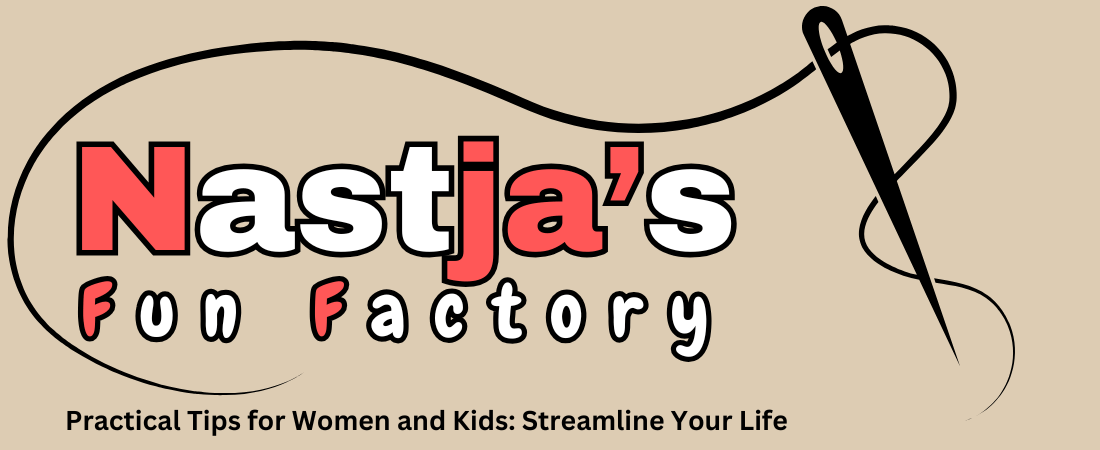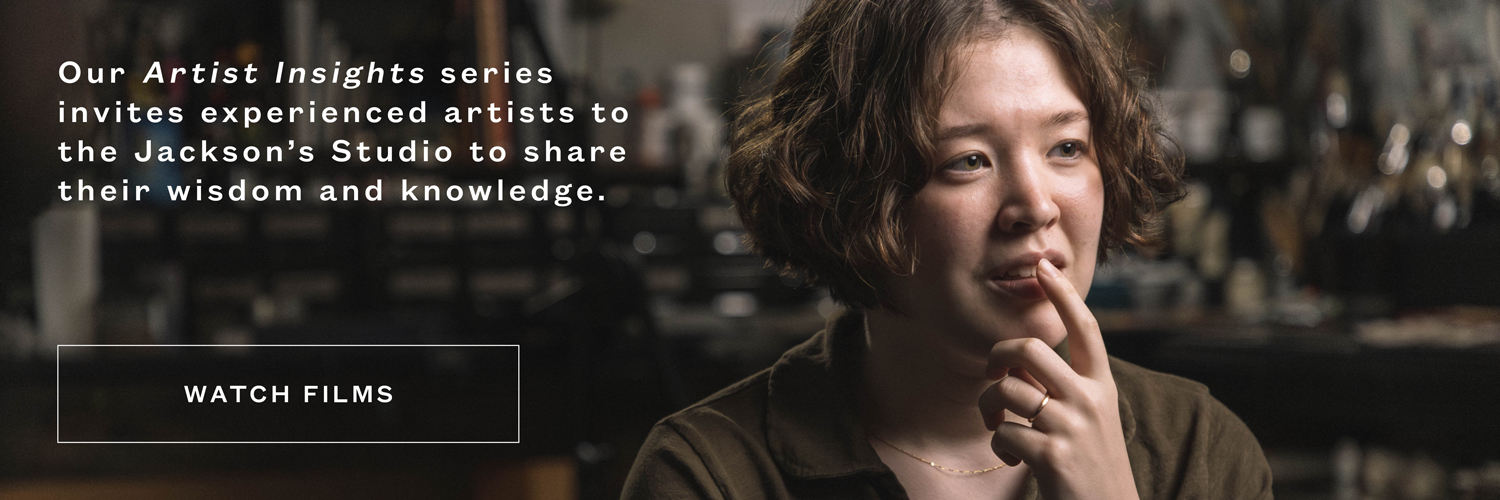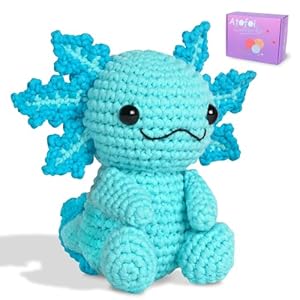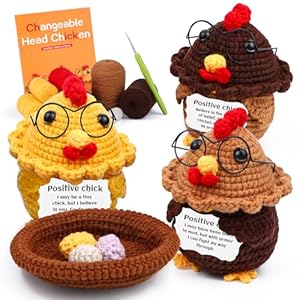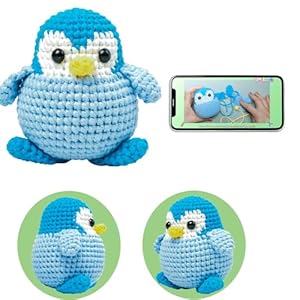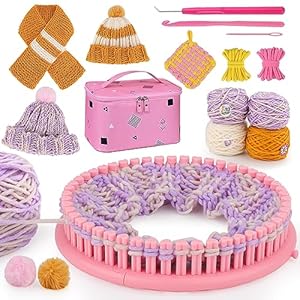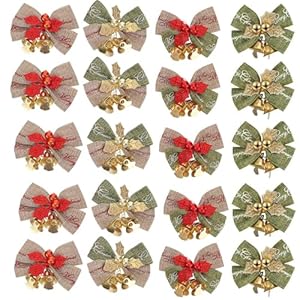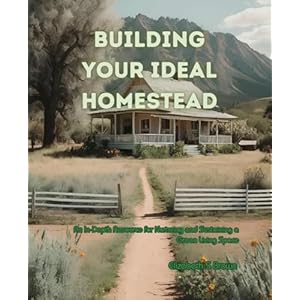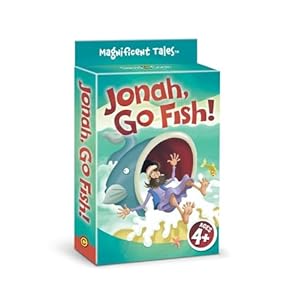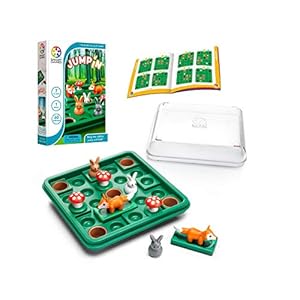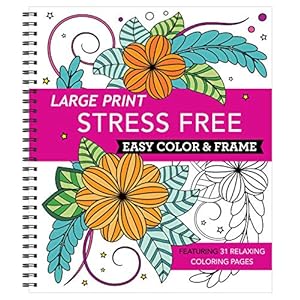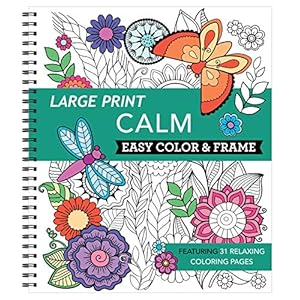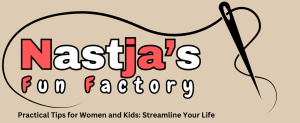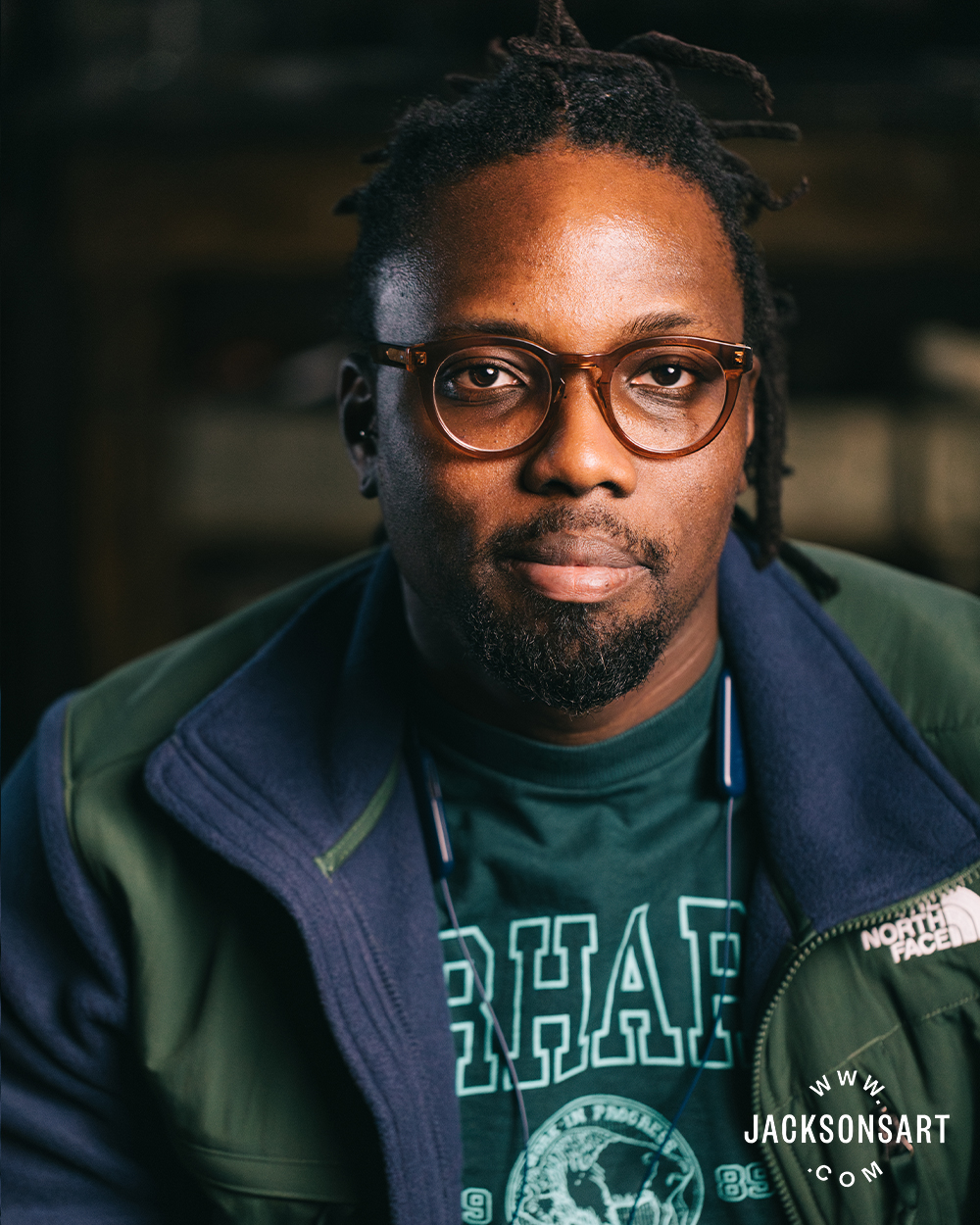
Richard Ayodeji Ikhide is a London-based artist, who works with large-scale watercolours and drawing. He visited Jackson’s Studio to discuss his practice, and how he seeks the intangible qualities of the human experience through movement and colour in his work.
Artist Insights: Richard Ayodeji Ikhide
.embed-container { position: relative; padding-bottom: 56.25%; height: 0; overflow: hidden; max-width: 100%; } .embed-container iframe, .embed-container object, .embed-container embed { position: absolute; top: 0; left: 0; width: 100%; height: 100%; }
Contents
0:00 “I’m trying to dispel these hierarchies within painting.”
0:10 “The marks I’m making are quite intuitive.”
1:12 Introduction
1:30 “Having lived half of my life back home in Lagos, and then living half of my life in England, you get this amalgamation of different experiences.”
3:14 “My approach to painting with watercolours is unconventional.”
4:04 “There’s a long history of sequences and sequential narrative, which has evolved into forms like film, animation, and video games.”
5:26 “For me, drawing is largely about problem solving.”
6:56 “There’s something amazing about a squirrel brush on hot press paper – the way it moves and glides across the surface is like a chef’s kiss. It’s just incredible.”
8:50 “There is no mysticism behind the way the piece takes shape.”
9:09 “That pure joy of making a line, or painting, or using colour, you get lost in the flow of the process.”
10:40 “You’re on your own odyssey, your own journey, and what that means for you is personal.”
12:18 “I feel like my practice is a form of visual archaeology.”
13:10 “Studying textiles at Central Saint Martins was an experience very different from what I’m doing now.”
14:24 “Colour doesn’t just become a filler.”
15:43 “The sketchbook is like a visual library, a visual grimoire.”
18:00 “I think there’s something liberating about letting go and just saying, ‘Yeah, I’ll start again – it’s not the end of the world.’”
20:08 “With watercolours, it’s like you get to a point where the paper can’t take any more.”
20:59 “It’s like it’s an intermingling of home life and trying to find some semblance of work.”
23:23 “I can make watercolours a serious medium.”
24:51 “You teach a class of people, everybody sees things differently.”
26:29 “I see art as kind of like a chart of the human psyche through history.”
28:06 Credits


Richard in the studio, 2019
Extract
I’m endlessly fascinated by just making a line. I know it sounds simple, but you put a pen on a piece of paper or a surface, you pull it across, you make a line. It’s like, wow, mind-blowing. I start with a drawing, and then I’m thinking of these different topographies.

SISUN, 2020
Richard Ayodeji Ikhide
Watercolour on 300 gsm Waterford paper, 57.3 x 63 cm | 22.56 x 24.8 in
The marks I make are quite intuitive – certain marks might be coming forward, some might be going back. I move in and out of the piece, thinking about the internal aspects of the figure, the self. I use circles quite a lot; they evoke atoms, the womb, even the world we live in – we’re all inside a sphere. It’s a universal shape that I think relates to a lot of people, and gives the viewer something to meditate on.

AWON OSERE 1, 2020
Richard Ayodeji Ikhide
Dip Pen and Watercolour on 300 gsm Waterford paper, 63.5 x 56 cm | 25 x 22.05 in
One thing that bothers me is the loss of the non-physical in contemporary life, where everything feels so focused on the material and immediate. I’m drawn to the intangible side of human experience – things we can’t fully describe or express. Maybe it’s a search for God, or a spiritual or religious practice. I’m interested in how the work might express some of that.

AWON OSERE 2, 2020
Richard Ayodeji Ikhide
Dip Pen and Watercolour on 300 gsm Waterford paper, 63.5 x 56 cm | 25 x 22.05 in
My name is Richard Ayodeji Ikhide. I’m an artist working in drawing and large-scale painting and I’m in the Jackson’s Studio to talk about my practice. In Lagos, Nigeria, five years old, I started making marks trying to draw. I drew on the walls of my grandparents’ house because that’s where we lived.

Young Richard
My family is from Sabongida-Ora, part of the Edo region in Nigeria. The story goes that we descended from one of Oba’s sons, who left to form his own kingdom, so there’s a strong royal lineage. Edo history, including the Benin Bronzes, textiles, colour, and folk tales – especially those my grandfather told – have been deeply influential. I now find myself in this in-between space, having lived half my life in Lagos and half in England.

You get this amalgamation of experiences – I’m looking at African art from across the continent, but also at artists like El Greco and Blake. There’s this strange intermingling of cultures, identity, and hybridity. It’s been fascinating to bring both sides of who I am into the work and find those connections.

Richard and his Father in 1993
My way of painting with watercolours isn’t a conventional method or way of working with the medium. I found my own particular way that involves mark-making and placing colours next to each other to form a figure or form the body. I’m thinking about lines, where I’m placing things, how the figure sits on the page or on a surface.

I’m making marks that are quite intuitive. Traditionally, watercolours are also seen as drawings, and then they’re painted at a small scale, but I’m painting at a scale which isn’t necessarily seen with watercolours.

EBI (Family), 2022
Richard Ayodeji Ikhide
Watercolour on 300 gsm Waterford paper, 152 x 250 cm | 59.84 x 98.43 in
I had an older cousin who would bring me comics, including an anthology of Superman comics from the 80s. I remember reading it to the point where it was in pieces, so we’d read bits of it. So it was quite interesting, then it became almost kind of like an old artifact in itself, as it was all torn and tattered. I’d have these lined notebooks I’d use in school, and that’s what I’d be drawing in a lot of the time. In Lagos, in secondary school, my friends and I were all really interested in drawing, so I’d make knockoff Sonic the Hedgehog comics for my friends in school and I’d like to sell them.

Iyalawo (Medicine Woman), 2022
Richard Ayodeji Ikhide
Encounter Watercolour on 300 gsm Waterford paper, 124 x 149 cm | 48.82 x 58.66 in
From quite an early age, I kind of engaged in the idea that the sequence is quite interesting for me, like being obsessed with comics. There’s a whole kind of long history of the sequences, sequential narrative, and how that develops into things like film, animation, video games, all that sort of stuff. I feel like each iteration is just a development of a core idea, which we’ve been kind of chasing as human beings for a very, very long time.

Untitled, 2020
Richard Ayodeji Ikhide
Charcoal on Surrey paper, 84 x 20 cm | 33.07 x 7.87 in
In terms of drawing medium, right now I like to use a fountain pen. I use this pencil fountain pen, which I’ve been drawing with quite a bit. I just love the standard 3B, 4B, 5B, to 6B graphite pencils – perfect. I’ve also been drawing with a pen, just like a writing pen, quite a lot. Because there’s a nice flow you get with ballpoint pens. I’m normally pressed for time a little bit. So okay, quick quick, I need to get this drawing down, and I’m not thinking as much – the marks are there and can’t be changed.

Ayika Emi 2, 2021
Richard Ayodeji Ikhide
Dip Pen and Ink on 300 gsm Waterford paper, 32 x 32 cm | 12.6 x 12.6 in
I’m also using a lot of dip pens for drawing because I’ve been obsessed with them. I’ve been looking at a lot of work by artists such as Tiepolo, especially his etchings. I was in Venice last year, so I got to access some archives in Venice to look at some of the prints.

Ayika Emi 5, 2021
Richard Ayodeji Ikhide
Dip Pen and Ink on 300 gsm Waterford paper, 56 x 76 cm | 22.05 x 29.92 in
For brushes, I’ve been using squirrel brushes from Pro Arte as I find they really pick up the pigment. But squirrel brushes only go up to a certain range, so if you’re filling in a large area, it’s going to take ages. So I’ve been using Chinese calligraphy brushes because you can get them quite large as well.

Ile Iwe ti awon aam i (School of Symbols), 2021
Richard Ayodeji Ikhide
Watercolour on 400 gsm Waterford paper, 152 x 122 cm | 59.84 x 48.03 in
I mostly use tubes of watercolour by Winsor & Newton. I wish I could get watercolour tubes that are bigger than the tiny ones because I work on such a large scale. For paper, I use only hot press. At the moment, I buy rolls of Saunders Waterford Hot Pressed Watercolour Paper from Jackson’s. It’s just an amazing feeling when you use a squirrel brush on hot press paper, the way the brush moves and glides across the surface. The paper needs to be around 300 or 400 gsm because the paper also has to be quite thick and take a lot of working, especially if you’re going to use watercolours and a lot of water.

Mu Siwaju (Bring Forth), 2021
Richard Ayodeji Ikhide
Carbon pencil on 200 gsm Cartridge paper, 150 x 138 cm | 59.06 x 54.33 in
Coming to England was an interesting experience. In Nigeria, because of British colonisation, there’s this strange fusion – you grow up with British and American TV, and the culture reflects both influences. One funny moment was visiting the British Museum and thinking, Oh wow, these are the things my granddad told me about – now displayed and celebrated as major pieces of African history.

Between States, 2021
Richard Ayodeji Ikhide
Watercolour on 300 gsm Waterford paper, 151 x 138 cm | 59.45 x 54.33 in
Going to college and meeting people from different backgrounds was fascinating. Then at university, the scope widened even more – I stepped out of one cultural zeitgeist and into a much broader world. That shift expanded my sense of possibility: how I see myself, how we imagine, and how we find points of connection across cultures. That’s really what I’m trying to explore when I reference different artefacts or traditions – maybe it’s a bit utopian or idealistic. I see each person’s life as a myth of its own, an individual odyssey, and I’m interested in what it means to mythologise yourself through that journey.

Jagun Jagun, 2019
Richard Ayodeji Ikhide
Watercolour on 300 gsm Waterford paper, 56 x 76 cm | 22.05 x 29.92 in
One thing I found was that many of the figures I was working with seemed to embody a kind of androgyny – this idea of the anima or animus, the feminine or masculine counterparts of the psyche. It’s interesting to me how these characters embody two different halves. Maybe that’s me trying to understand an aspect of myself and how that plays into who I am as an individual, because I feel like a lot of the characters and figures I’m working with are all versions of myself. Also, this idea that we are the physical body, but the physical body is how we experience the world around us as well. Perception is different based on the context of where you’ve grown up. We can both walk down a particular road, but my experience of the road will be different from somebody else’s.

Communion, 2024
Richard Ayodeji Ikhide
Watercolour on 300 gsm Waterford paper, 152.4 x 190 cm | 60 x 74.8 in
Studying textiles at Central Saint Martins was an experience very different from what I’m doing now. I had this whole grand plan of going into menswear. But, you know, as with life, everything changes. A lot of what I was doing there was geared more towards visual art. I kept running into issues with tutors because I was not necessarily making textiles.

In my final year, I was working with screenprinting on linen, which is quite fascinating as you might end up using like eight different screens to create a print. So this idea of layering was quite interesting. And I guess it’s something that’s fed into working with watercolours, particularly because I’m dealing with these ideas of transparency and building up layers of colour.

Young One, 2024
Richard Ayodeji Ikhide
Watercolour on 300 gsm Fabriano paper, 112 x 76 cm | 44.09 x 29.92 in
My ideas around colour also stemmed from this period; I could take some of those ideas around colour, pattern, and texture into the work. I have certain go-to colours I love when it comes to watercolours: Cadmium Red, Cadmium Yellow, Brilliant Purple, Cobalt Blue, and Cobalt Teal.

First Born, 2024
Richard Ayodeji Ikhide
Watercolour on 300 gsm Waterford paper, 152 x 180 cm | 59.84 x 70.87 in
Working with watercolours and gouache is fascinating – gouache especially brings this kind of madness, a real zing to the colour. The luminosity and brightness can be striking, especially when layering translucent washes with something matt or bold. It affects how your eyes move in and out of the piece. Colour isn’t just a filler; I’m also thinking about the emotional associations and how the temperature of a colour shapes what the viewer feels and sees.

Studio, 2024
In terms of moving my practice into a fine art direction, this happened after I’d left Central Saint Martins. I did a few textile internships and it wasn’t for me. I’d seen a brochure for the drawing year, which was run by the Royal Drawing School. And I thought this was how I could transition into a fine art practice.

Studio at The Royal Drawing School 2018
The big focus at the Royal Drawing School is on observational drawing, which was something I wasn’t doing a lot of at the time because I was drawing from my imagination. I remember going for my interview and the tutor said, “Okay, this is interesting,” but suggested that drawing more from observation could really strengthen the imaginative ideas I was exploring. One of the big takeaways for me was the importance of finding your own path, while also recognising that, as an artist, you’re not just in this bubble, you’re also connected to this line of artists who’ve come before you.

And then you start to find your friends, and you start to find these artists who you can rely on. I was encouraged to expand my practice and to think about it in different ways. The experience just kind of gave me that breathing room. Drawing for me is a lot of problem solving. “Okay, there are figures here, what are they doing? In relation to this other thing in the background, how does that all work?” And it’s the interplay of these different elements coming together as a whole.

The sketchbook is a visual library; it’s where I keep all these references or images or things I can kind of pull from to influence the work. I’ve been keeping sketchbooks since I was a kid, and they’re central and paramount to my practice.

Richard’s sketchbooks
To understand a particular pose, and if I feel like I’m not really getting it, I’ll just assume the pose myself, just to see how that feels. I’ve been using my hands a lot, because I might want a figure to do a particular hand gesture. So I’ll take a quick photo of my hand doing that gesture, and then I’ll do the drawing.

When I’m making work, I’m in this kind of meditative flow state, and I’m doing things that sometimes I can’t explain. I think working with the medium I work with, watercolours, can be a bit unforgiving. Once you make a mark on the paper, that’s it. So going into that process, you have to be really locked in to kind of involve yourself.

When I look at a piece, I ask myself, “What kind of intention am I bringing to this?” I want to see the effort, the skill, the meticulousness, that sense that something is being pursued. It’s not about seeking approval; it’s about showing that I’m really working towards something. Even though I’m making it in the studio, eventually it’ll go out into the world to be seen and experienced by others. So I think about how it will feel for someone else. If I’m not fully present or intentional, I might not feel confident in the work. And maybe that comes across when it’s being viewed.

The Initiates Studies, 2023
Richard Ayodeji Ikhide
Watercolour on 300 gsm Waterford paper, 152.6 x 147 cm | 60.08 x 57.87 in
In terms of knowing when an artwork is finished, once I have my coloured banded border around the piece and the lines holding the figure, the piece is done. Because I have a system, I kind of know when the piece is finished. Obviously there are moments where things can be overdone and I’m like, “Oh, God, I can’t pull that back.” So, with watercolours, it’s like you get to a point where the paper can’t take anymore, so you have to be very careful. For the past two years, I’ve been quite busy in terms of work and shows. So it’s like, okay, I need to get this thing ready for this particular time. So that’s been a motivator in terms of just getting myself into the process and being involved.

Familial Procession, 2024
Richard Ayodeji Ikhide
Watercolour on 300 gsm Waterford paper, 152.4 x 172 cm | 60 x 67.72 in
My current studio space is a second bedroom at home. Right now, there are baby toys on the floor, my materials, my shelf of books, and my video games. It’s a home studio, with an intermingling of home life and trying to get some semblance of work. But yeah, that’s in between diaper changes and all the other duties of being a parent. But I’ve been doing drawings with my daughter recently, so that’s been quite fun. It’s tricky right now because my partner started working again, so we’re like, “OK, you’re going to work? OK, I’ll take her, watch her for a few hours.” And yeah, so it’s not easy.

Scrying to See, 2021
Richard Ayodeji Ikhide
Watercolour on 300 gsm Waterford paper, 151 x 124 cm | 59.45 x 48.82 in
My old studio was in Mayfair, so one thing I used to love doing was going down to Gosh Comics. I’d buy some comics every now and then, because I like to keep a stack of comic books in the studio. I can just kind of read and reference, just like a bit of a brain refresh and decompression for myself. And then probably have about three, four paintings on the go at the same time. So, working across a few different images. It was cozy, to have a cozy space is kind of like a fortress of solitude, just to kind of sit there, hone in, delve into work and kind of like, yeah, have my time. Certain days, like if I have a deadline, I’m working towards something, I’m like, okay, yeah, getting to this dude, just start making work. But if it’s maybe more like a regular day, I’d probably spend the first hour or two just chilling.

Osere Okunrin (Artist), 2022
Richard Ayodeji Ikhide
Watercolour on 300 gsm Waterford paper, 152 x 143 cm | 59.84 x 56.3 in
Now I procrastinate less, I think just because time is precious. I can make a dent on this piece of work, and how I see it, it’s like, you know, little drops may come out of the ocean. So I’m like, okay, I do a little bit today, a little bit, a little bit, a little bit, and then before you know it, a piece is done. Especially with having a child now, if I have a period of time to make work, it’s like go, go, go, I need to get this done. Recently, I’ve been feeling like I need natural light, especially when dealing with rich watercolour pigments and gouache pigments.

Music is a big kind of thing for me in the studio. A lot of the time I’d just watch documentaries, you know, so I’d have something in the background, maybe documentaries on ancient civilizations, aliens, all sorts of stuff. At the moment, I’m painting to baby sounds. In a normal studio setting, I listen to music a lot. My favourite is probably a hip-hop artist like MF Doom because he has quite colourful imagery in terms of how he raps and talks about narrative.

Boju ti Ara (Masks of Self), 2022
Richard Ayodeji Ikhide
Watercolour on 300 gsm Waterford paper, 152 x 125 cm | 59.84 x 49.21 in
In terms of influences, Kerry James Marshall stands out – he basically started an entire movement in figurative painting. Then there’s Ernst Fuchs, an incredible Viennese artist who worked with the Mischtechnik, exploring Jewish mysticism, metaphysical ideas, and historical themes.

Awon Eda (Creations), 2022
Richard Ayodeji Ikhide
Watercolour on 300 gsm Waterford paper, 153 x 119 cm | 60.24 x 46.85 in
I also really admire Dürer for his world-building and the way he creates rich narratives within his work. Another key figure is Hendrik Goltzius, an engraver known for his incredibly detailed and meticulous pieces. Hieronymus Bosch is another one who I find interesting, specifically for watercolours. I was looking at an artist called Yoshitaka Amano, he’s a Japanese artist, but he was making a lot of character designs and concept art for a video game series called Final Fantasy. He primarily works within water-based mediums, like watercolours.

Solo Exhibition Immateria, 2022
Galeria Bernhard, Zurich
I’ve been teaching a course at a Royal Drawing School called World Imagery, and I also teach another mythology course at the school. Just the research alone – planning a class and delivering material to students – means I’m constantly learning in the process. I’m a facilitator, you know, I’m helping to facilitate this particular student or individual to find something for themselves. One thing I’m always wary about with education and teaching is that I don’t want to be an overbearing influence. It’s great to give information to a student and then they develop their own way of seeing things.

Solo Exhibition Ties That Bind With Time, 2024
Candice Madey Gallery, New York
Scientists are still exploring the origins of human consciousness – what we are, who we are – and that overlaps with the more mysterious aspects of human experience. I’ve always been interested in those ideas and how they take shape through art. Especially in ancient art, you see spiritual concepts being expressed as a way to reach beyond the physical and into something more ethereal. A lot of the issues within the world are that we focus so much on the physical and the material aspect. Maybe we can think more about the essence of who we are, beyond physical things like wealth, skin colour, gender, all that sort of stuff.
Follow Richard Ikhide on Instagram

Solo Exhibition Immateria, 2022
Galeria Bernhard, Zurich
Further Reading
A Guide to Watercolour Painting
Developing a Daily Drawing Practice with the Royal Drawing School
Brush Pens: The Definitive Guide
Recreating the Colour Palette of Eric Ravilious
Shop Art Materials on jacksonsart.com
The post Artist Insights: Richard Ayodeji Ikhide appeared first on Jackson's Art Blog.
Trending Products
